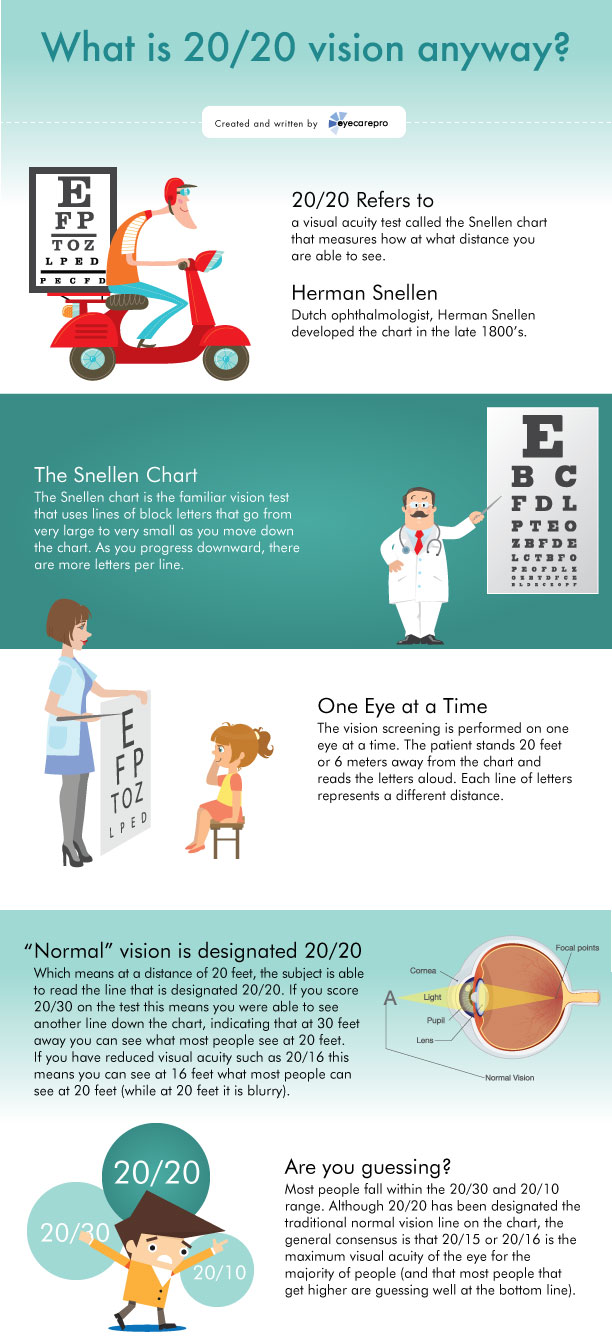As a cataract doctor, your day begins with a detailed eye assessment, where you evaluate people' vision and lens clearness. You understand how important it is to identify cataracts precisely. When detected, you plan for surgery, making certain every detail is made up. Yet the difficulty doesn't end there. The actual journey unfolds in the operating room, where accuracy is crucial. What occurs next can define a person's aesthetic future.
The Diagnostic Refine: Identifying Cataracts
When it concerns detecting cataracts, clearness is essential. You'll start with a comprehensive eye evaluation, where you'll examine visual acuity and check for any type of signs of cloudiness in the lens.
During this procedure, you'll utilize customized devices, such as a slit light, to get a detailed view of the eye's framework. You'll also carry out a dilated eye exam to assess the lens and retina better.
Gathering your individual's medical history is important, as it aids identify risk factors like age, diabetes, or previous eye injuries.
After examining the results, you'll figure out the visibility and intensity of cataracts. This careful technique guarantees you supply the most effective referrals for therapy, setting the stage for the following steps in their treatment.
The Surgery: Accuracy at work
After detecting cataracts and going over therapy options, you plan for the procedure, where precision is critical.
You get in the operating room, wearing clean and sterile gloves and a mask. The person relaxes easily under intense lights, prepared for the improvement.
You begin by carrying out neighborhood anesthetic, ensuring they feel no discomfort. With a consistent hand, you make a little cut in the cornea, making use of innovative strategies to eliminate the cloudy lens.
You carefully insert the artificial intraocular lens, straightening it flawlessly for optimum vision. Throughout the treatment, you monitor vitals and change as needed, keeping concentrate on the task.
In simply a short time, you'll have recovered your client's view, a rewarding outcome for both of you.
Post-Operative Care: Ensuring Optimum Recovery
Once the surgical treatment is full, your duty changes to making sure the individual's smooth recovery.
You'll begin by offering clear post-operative guidelines, stressing the importance of wearing the eye guard and taking recommended medications. Advise them to stay clear of massaging their eyes and engaging in strenuous tasks.
Arrange a follow-up appointment within a few days to check recovery and resolve any issues. Motivate clients to report any kind of indicators of infection, such as increased inflammation or discharge.
Furthermore, discuss the importance of using fabricated tears to alleviate dryness. Support https://www.bet.com/news/national/2018/12/14/detroit-meteorologist-commits-suicide-after-lasik-eye-surgery.html -being by reassuring them that aesthetic renovations may take time.
Final thought
In a cataract specialist's day, you witness the trip from medical diagnosis to recovery. You see the accuracy in surgical procedure and the treatment taken post-operation to guarantee your optimum healing. Via this experience, you get clarity not simply in vision, yet in comprehending the entire procedure. The trust fund established between you and your surgeon is vital, leading the way for a smoother recuperation. With https://daltondysmk.weblogco.com/36422416/discover-the-vital-stages-of-cataract-surgical-procedure-from-the-necessary-pre-operative-prep-work-to-handy-healing-suggestions-and-recognize-what-lies-ahead-in-this-transformative-process , you're on your way to enjoying a brighter, more clear world.
